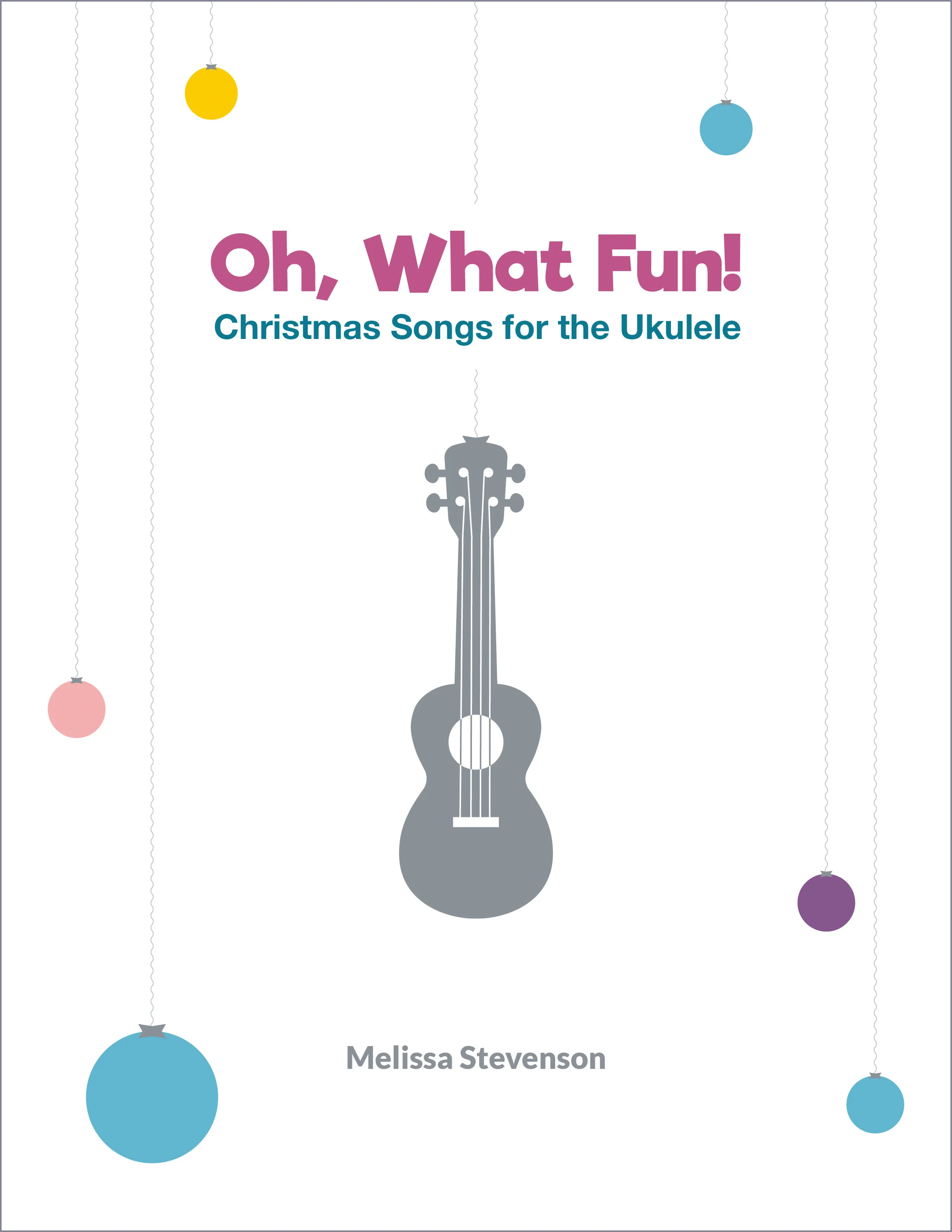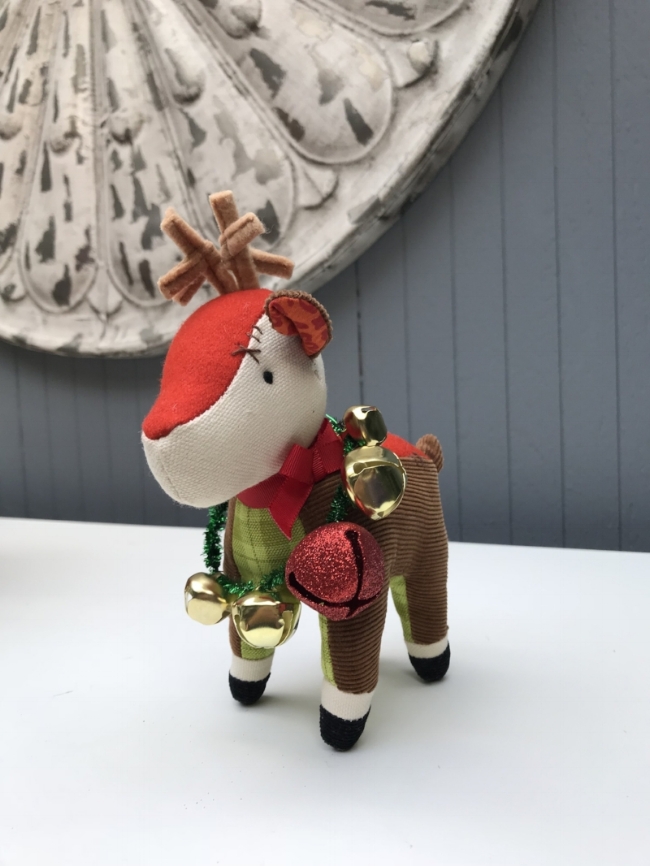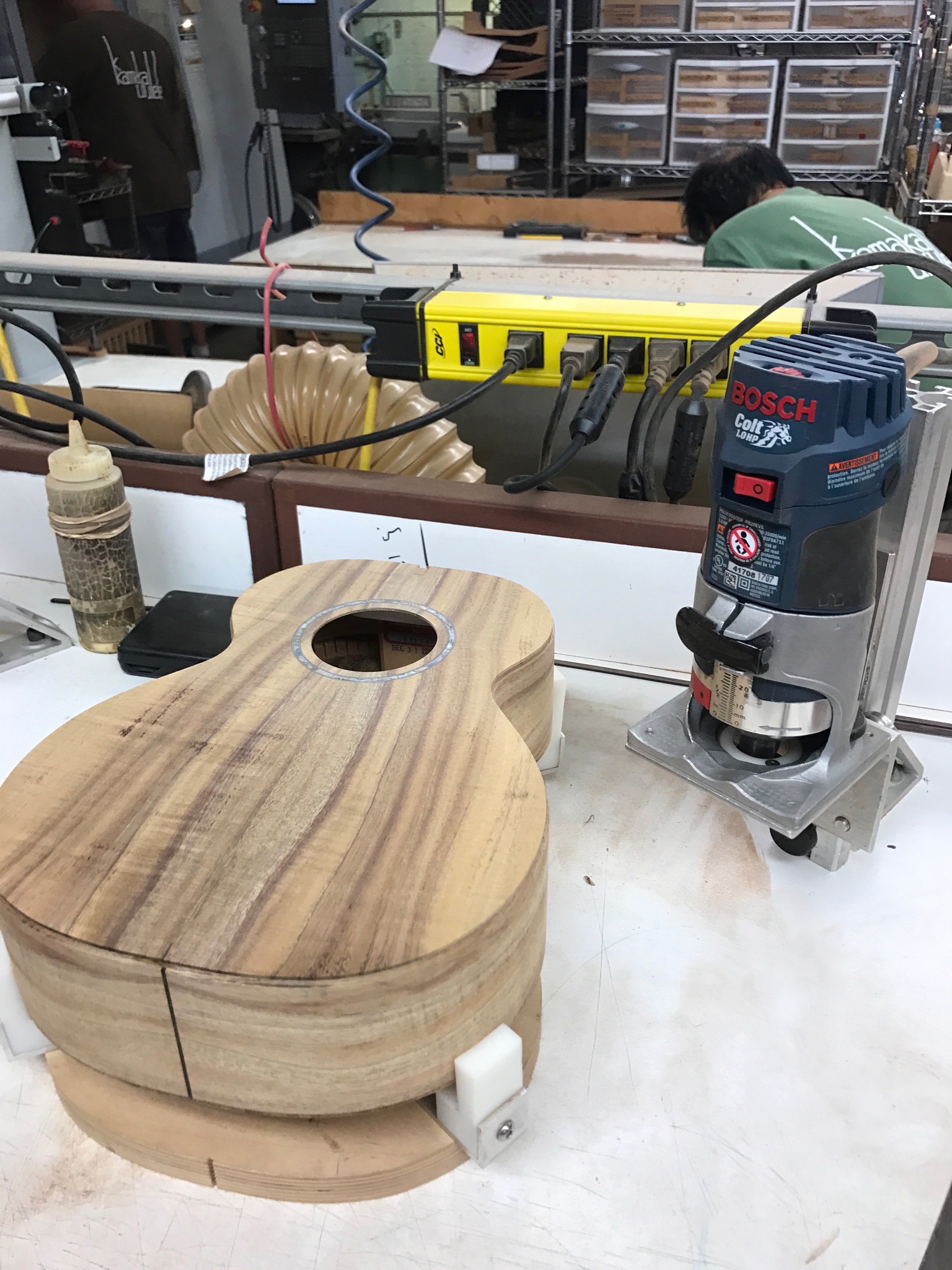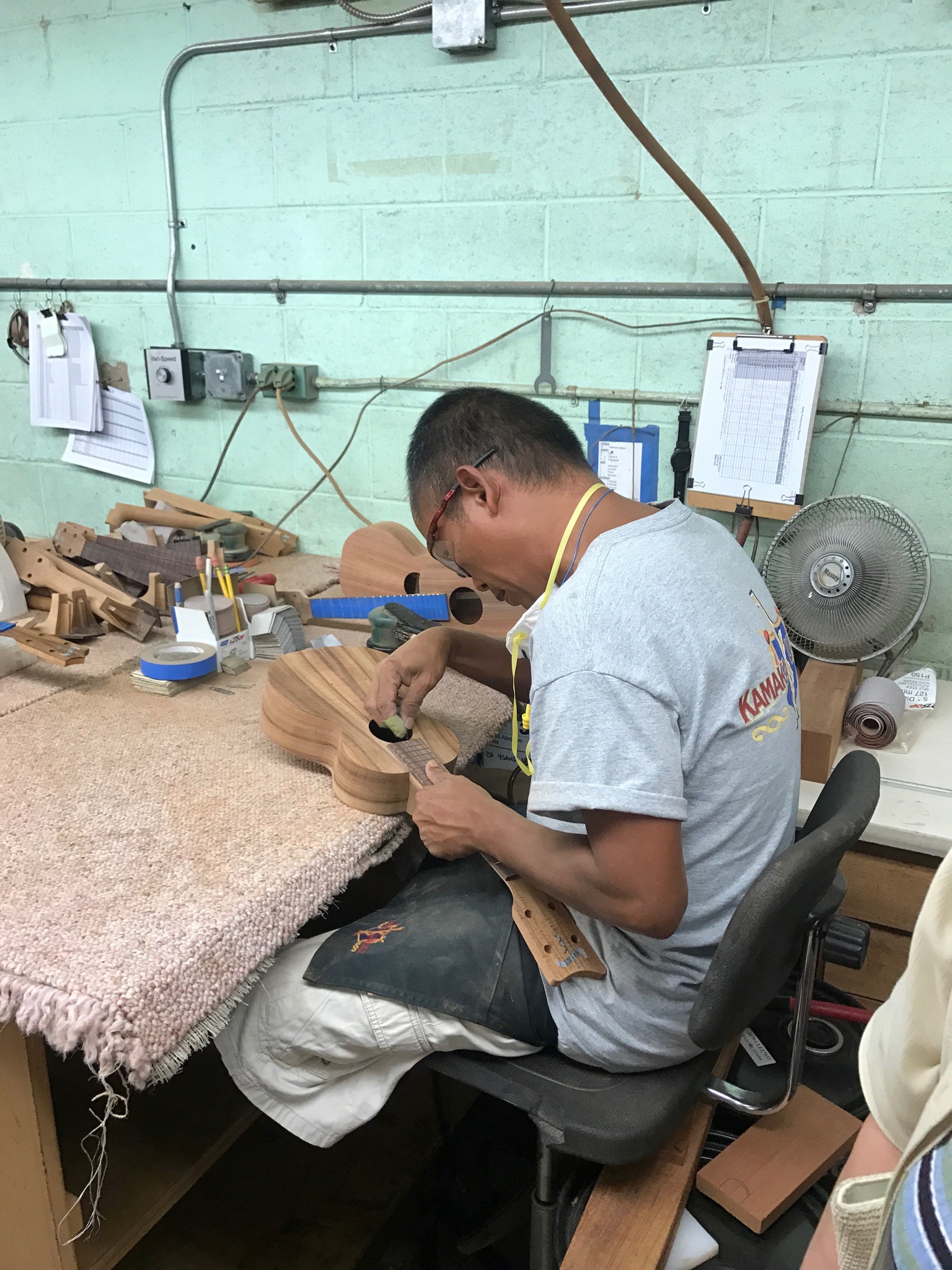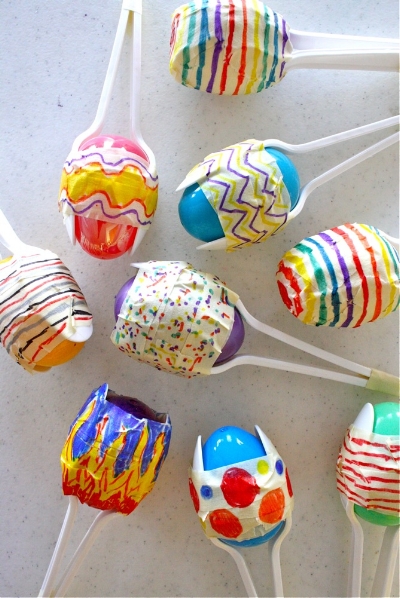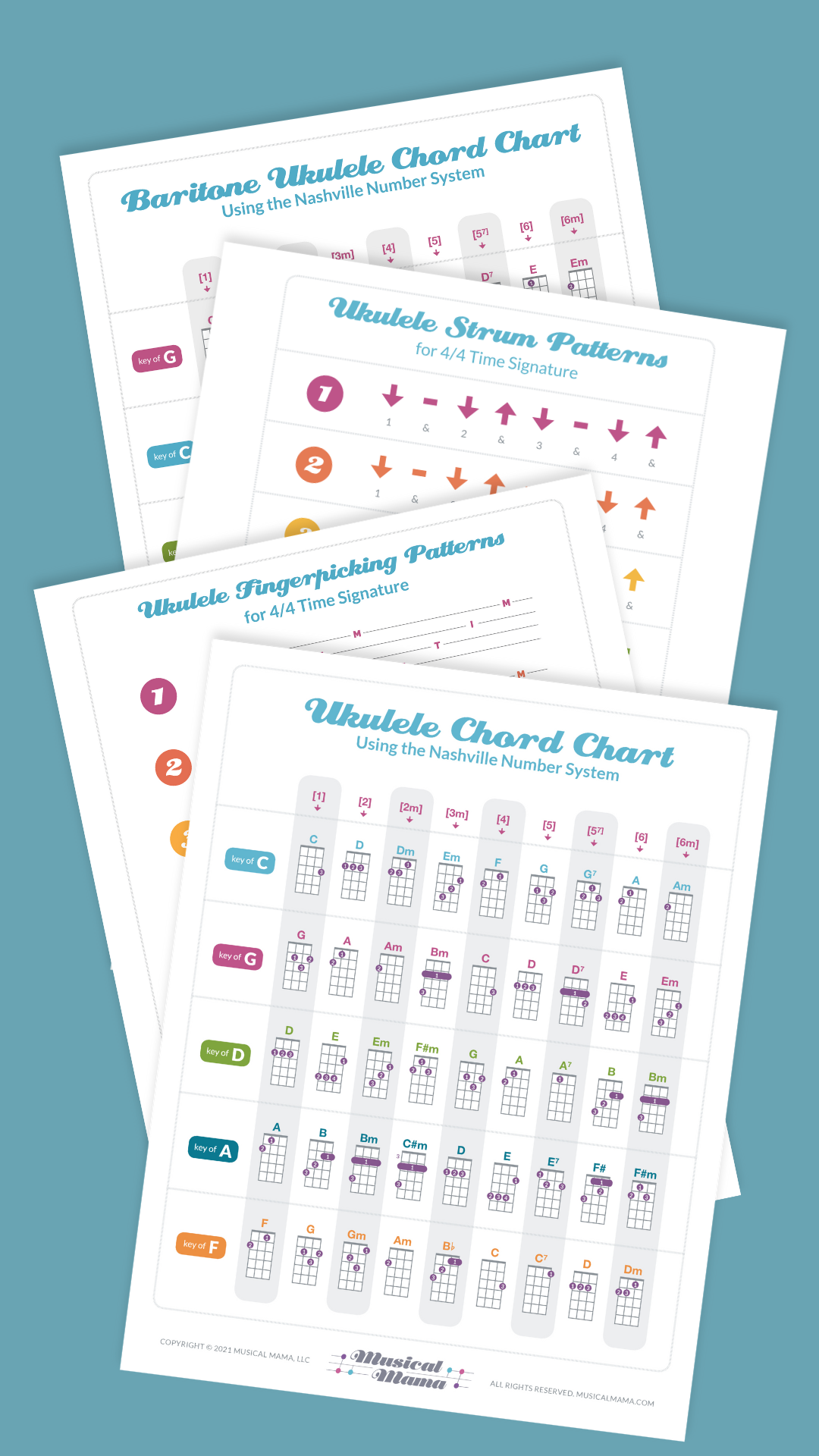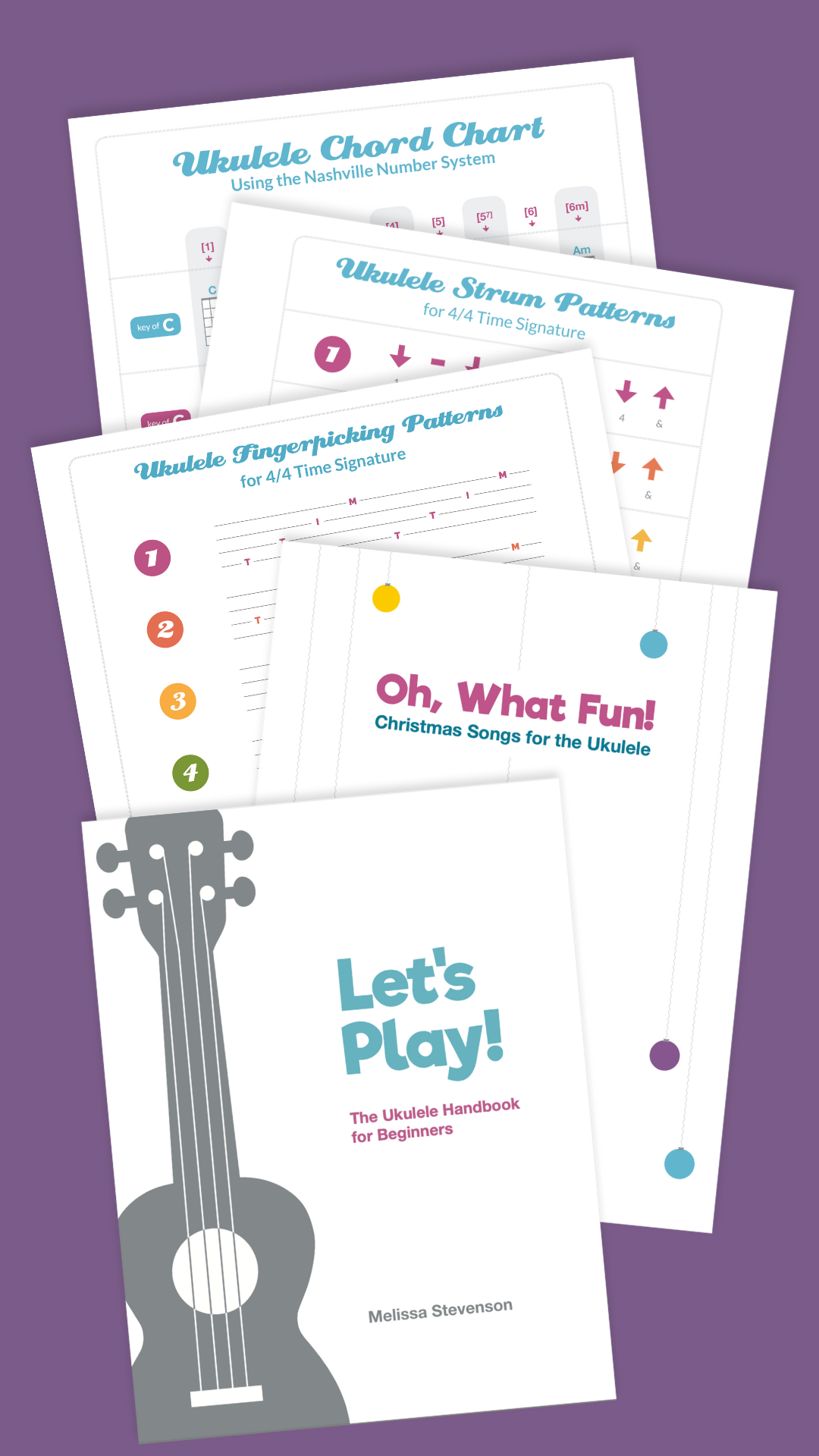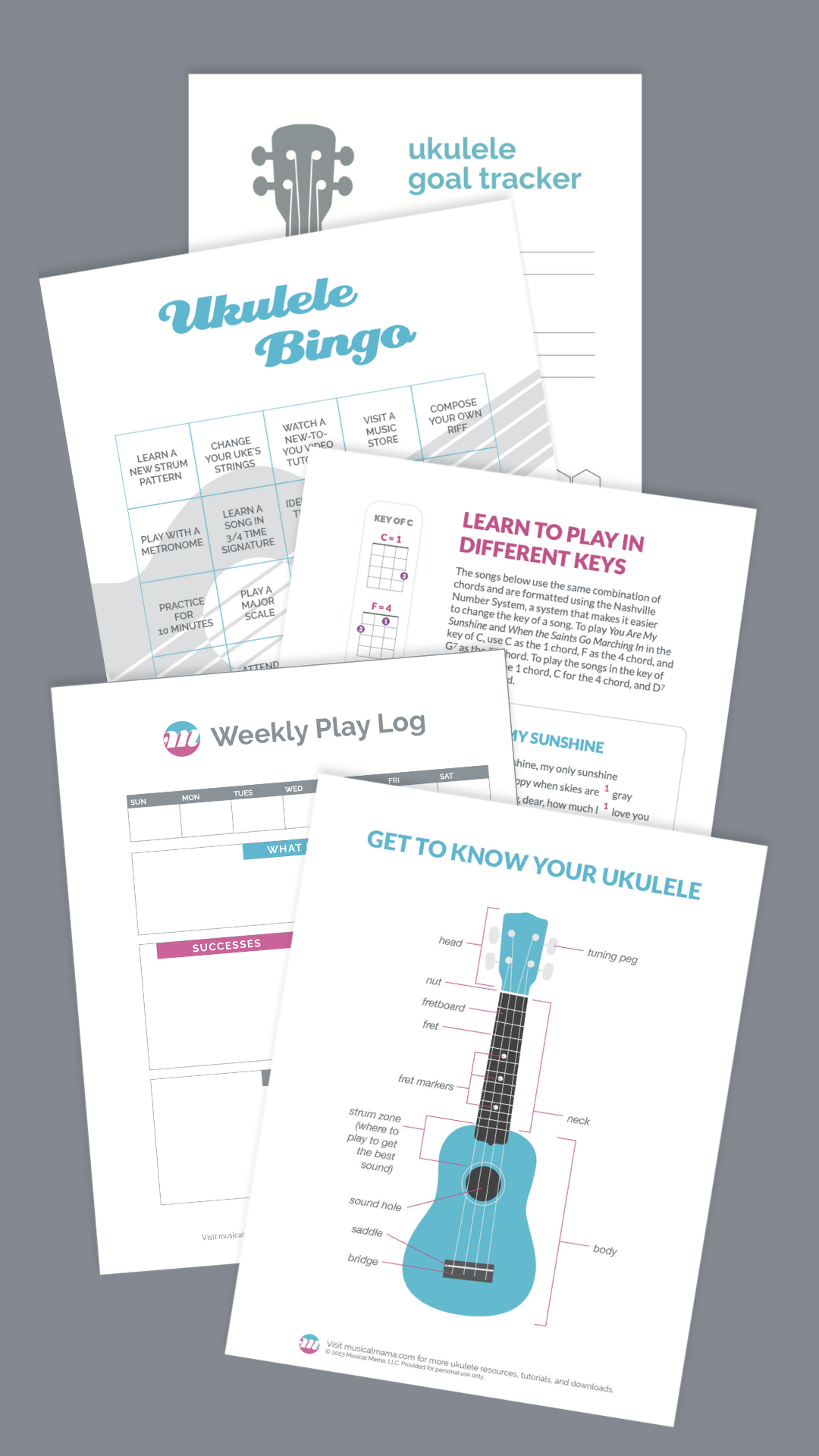Wondering what to get for your favorite ukulele players? Choose something that supports their love of music! Here’s a roundup of some practical and thoughtful gifts that do just that. All of these items are available from Amazon Prime (at the time I’m publishing this) for $25 or less!
A Cute Tuner
A digital clip-on tuner is the fastest, most accurate way to tune an ukulele, and every uke player needs at least one! I have several myself, but I might start playing favorites if I had one as adorable as this!
Rock and Roll Tuner
If the owl is too cutesy for your uke player’s tastes, perhaps this glow-in-the-dark rock-and-roll tuner makes more sense? I think it would be perfect for gigs or just jamming with buddies. And btw, these tuners work for most other string instruments, not just ukes!
Felt Picks
Picks are a nice option for guitarists who are used to using picks and for beginners who have difficulty strumming with their fingers and/or thumb. These felt picks come in a variety of color combos and are gentle on ukulele strings.
A Fun Travel Case
I saw so many playful and well-reviewed ukulele cases available on Amazon Prime! A colorful case like this would be such a fun conversation piece at the next uke group meetup!
A Display Stand
I encourage my students to take their ukuleles out of their cases as soon as they get home, because it makes you so much more likely to pick it up and play. An attractive wood stand such as this one turns any bookshelf or table into a uke display center. Stands are perfect for anyone, but especially nice for renters or chronic furniture rearrangers (like me) who can’t commit to the wall-mount hooks!
A Strap
A strap can make a big difference in one’s playing. This option requires no drilling and it fits all ukulele sizes and shapes, including soprano, concert, tenor, baritone, pineapple, and even the UBass.
A Music Stand
It’s common for uke players to bend over their instruments to get a better look at the song they’re playing. Setting the songbook (or iPad) on a proper music stand ensures better posture, which dramatically impacts one’s overall playing (and singing, too).
The ‘Ukulele: A History
Educate your uke player! It’s great to know how to play the uke, but it’s also valuable to know a thing or two about its history. Here’s part of the description from the book’s product page on Amazon: “Since its introduction to Hawai‘i in 1879, the ‘ukulele has been many things: a symbol of an island paradise; a tool of political protest; an instrument central to a rich musical culture; a musical joke; a highly sought-after collectible; a cheap airport souvenir; a lucrative industry; and the product of a remarkable synthesis of western and Pacific cultures. The ‘Ukulele: A History explores all of these facets, placing the instrument for the first time in a broad historical, cultural, and musical context.”
Music plays a joyful role in the Christmas season, and it’s a wonderful time of year to sing, strum, and make merry with friends and family. My new holiday songbook includes an Ukulele Chord Chart for Easy Transposing, tips for singing, strum patterns for playing in 4/4 and 3/4 time signatures, and the chords and lyrics for thirteen classic Christmas songs. Available in paperback and as a digital download. Order early to avoid shipping delays!
This post contains Amazon affiliate links.


